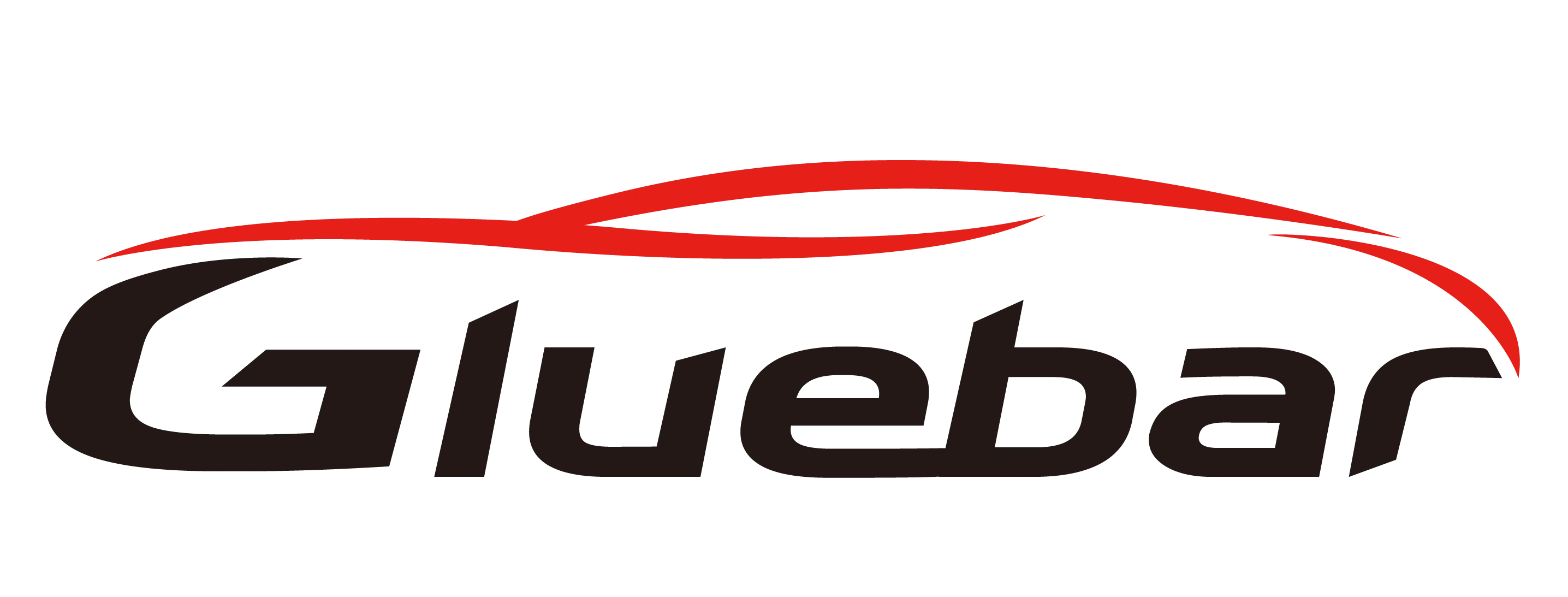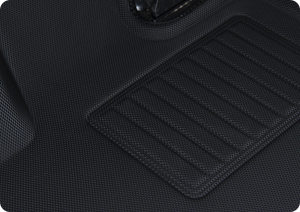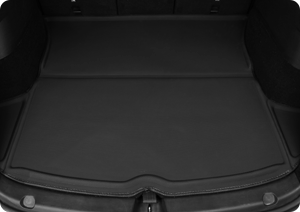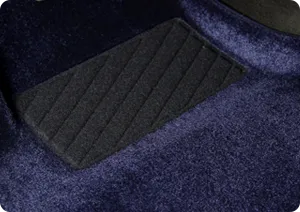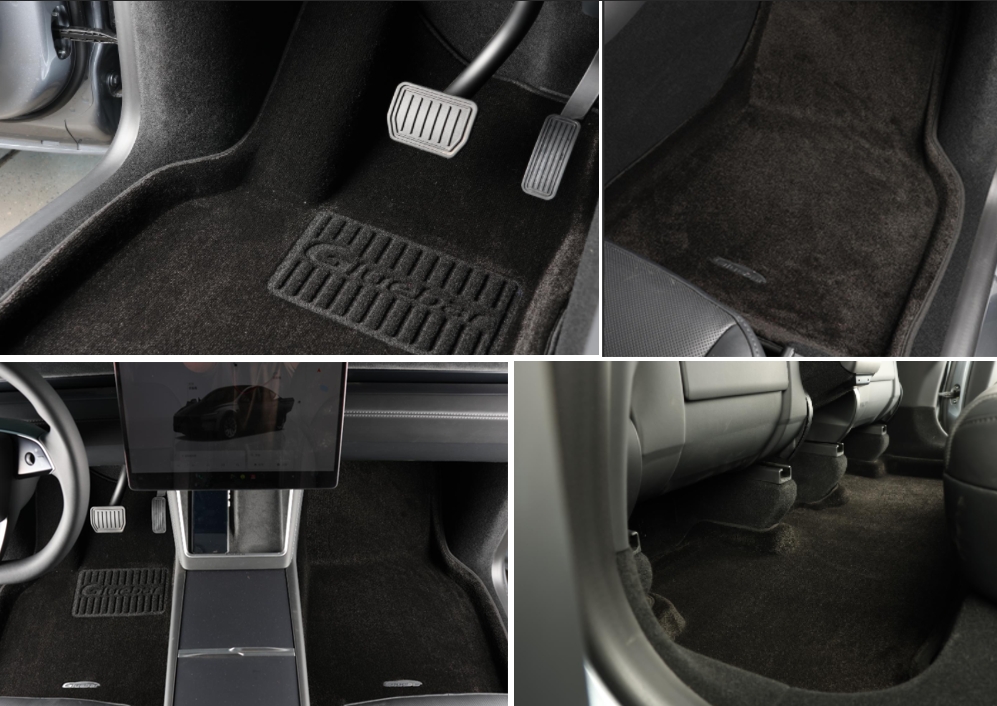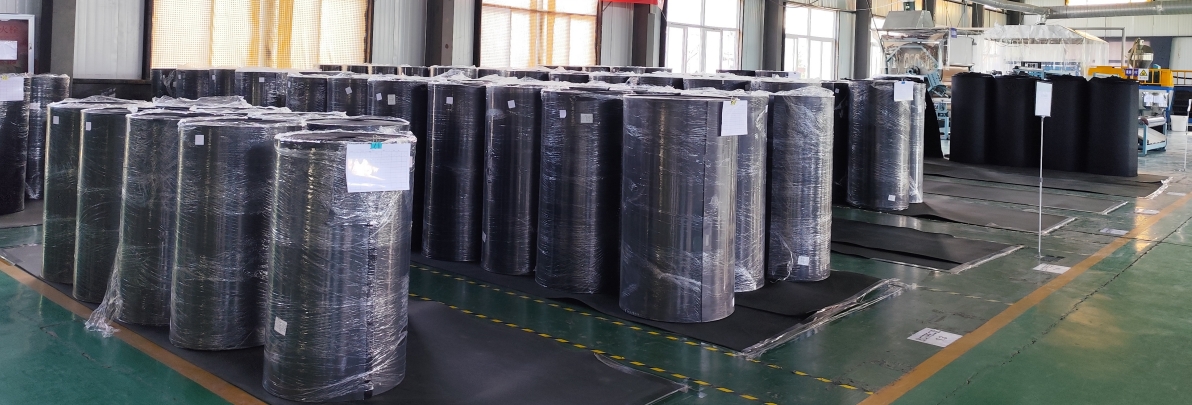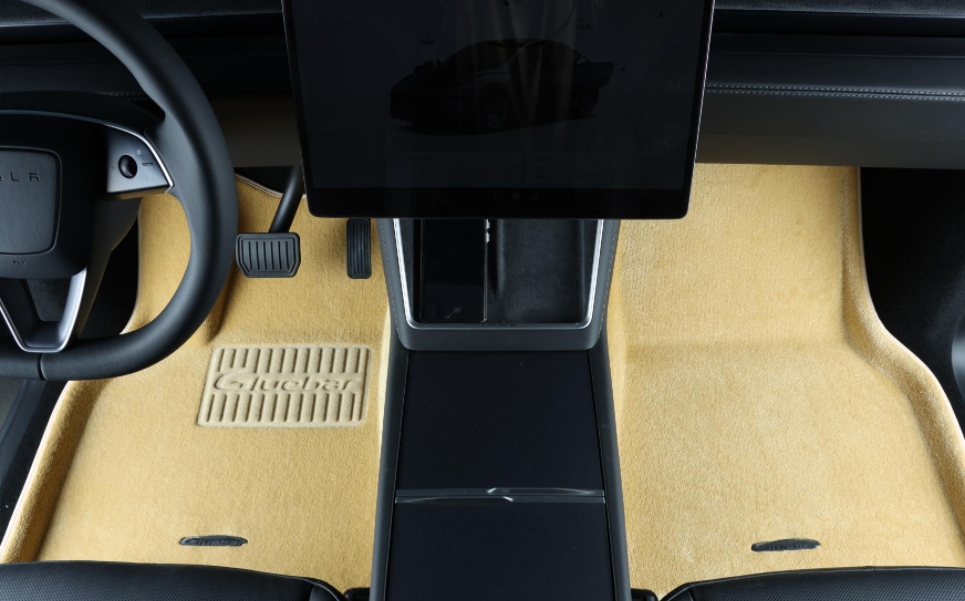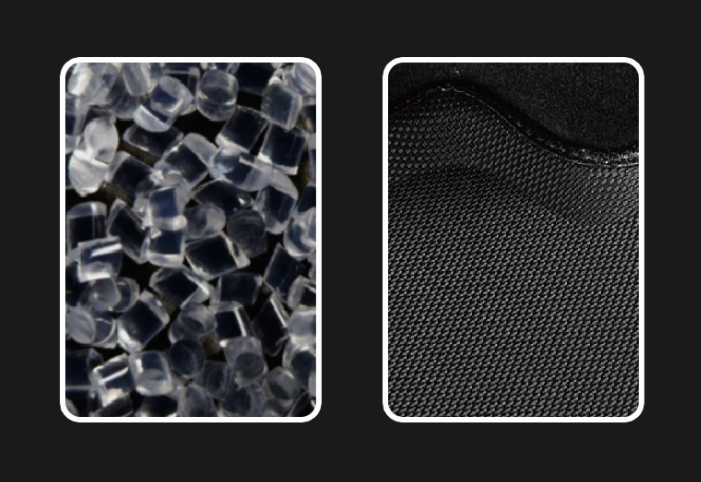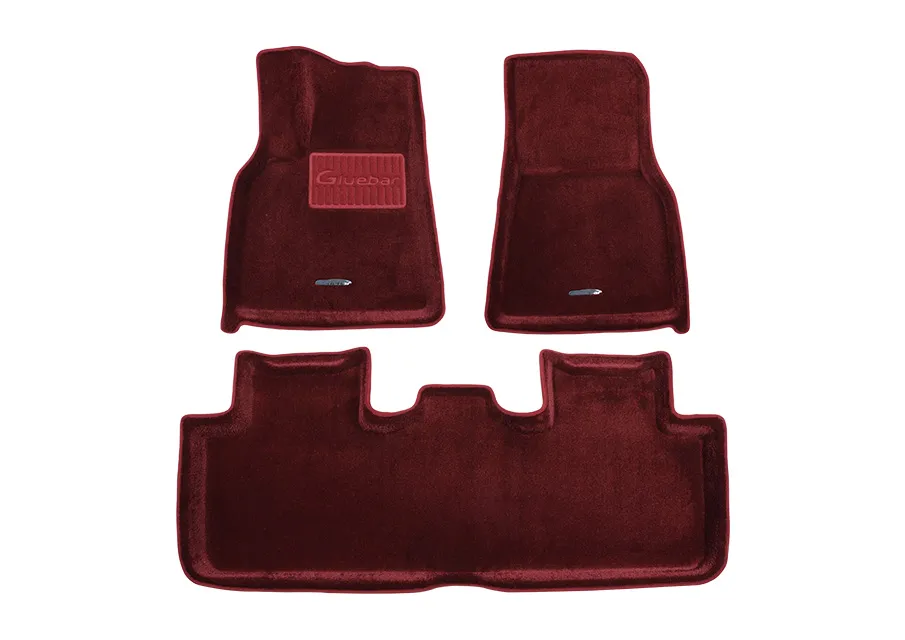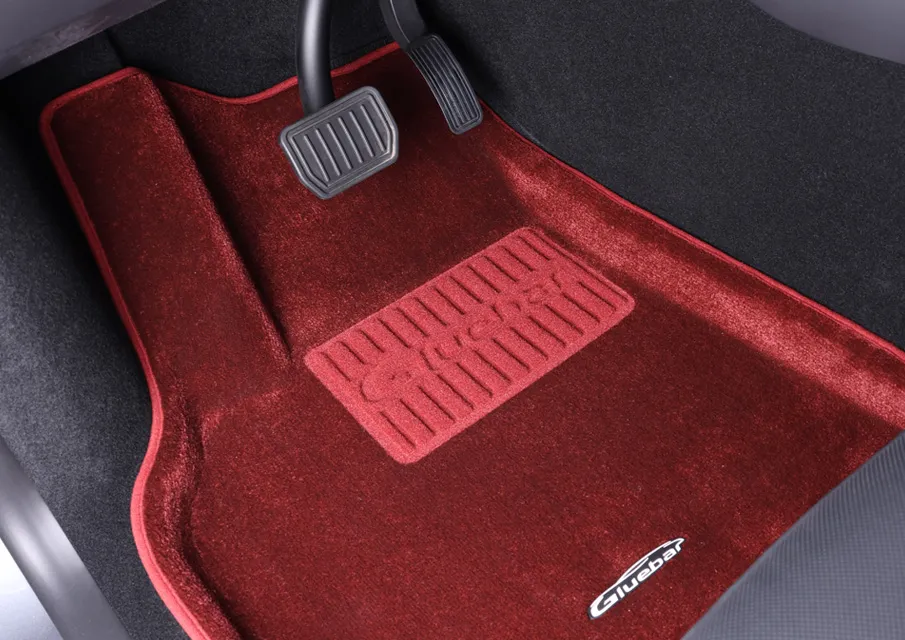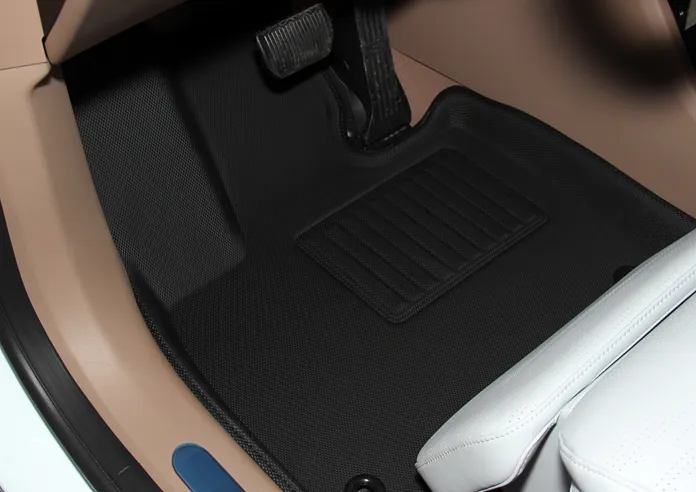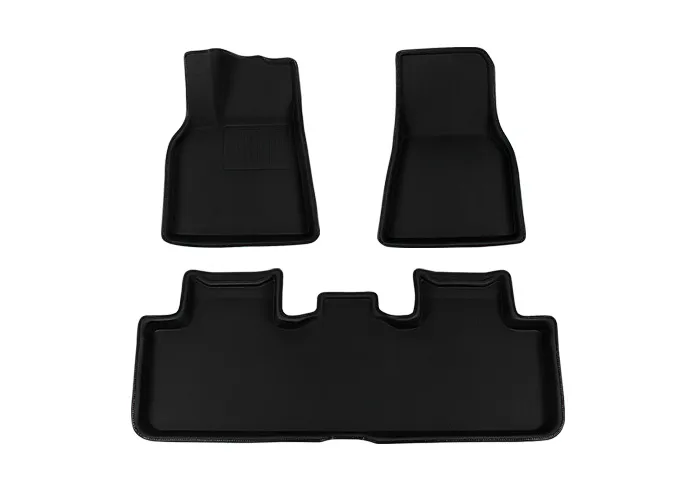In 2025, the global auto industry is going through deep structural changes. Car mats, a category that may look niche but is closely tied to both safety and user experience, are entering a new growth phase.
According to Fact.MR, the global car mats market will reach USD 34.2 billion in 2025 and expand to USD 52.1 billion by 2035, with a CAGR of about 4.3%. At the same time, Coherent Market Insights projects that the U.S. market for car mats will hit USD 3.07 billion in 2025 and grow to USD 4.62 billion by 2032, maintaining an average growth rate of around 6%.
Broader trends are also fueling this segment. Data from Research Nester shows that the global automotive interior materials market is expected to reach USD 59.7 billion in 2025 and grow to USD 85.8 billion by 2035, with eco-friendly and lightweight materials as the main drivers. On top of that, the OICA
reported that global car sales exceeded 92 million units in 2024, which translates into massive aftermarket demand that directly drives the consumption of mats and other interior parts.
Market Overview
At a macro level, the growth of the car mat market is driven by multiple factors: the rebound of global car sales stimulating aftermarket demand; consumers paying more attention to in-car experience, with mats shifting from “consumables” to products balancing function and aesthetics; stricter environmental regulations pushing TPE and other eco-friendly materials; and cross-border e-commerce plus supply chain restructuring reshaping competition.
Global Market Trends
Car Sales and Aftermarket Demand
The rebound in car sales is directly boosting the car mat market. Every new vehicle comes with factory mats, while the massive number of cars already on the road creates constant replacement and upgrade demand. Many drivers are no longer satisfied with basic rubber mats. Instead, they want mats that are both practical and attractive, such as waterproof, non-slip, easy-to-clean, and custom-fit options. This pushes manufacturers to keep innovating in materials and production to meet market needs.
Regional Differences: North America, Europe, Asia, and Emerging Markets
Consumer needs for car mats vary widely across regions. In North America, car owners value personalization and luxury, and are willing to pay for brands and design. In Europe, strict environmental rules make eco-friendly materials the norm. In Asia—especially China and India—high car sales and rising consumer expectations drive huge demand. Meanwhile, in emerging markets like Latin America and Africa, buyers are more price-sensitive, but the growth potential is significant as car ownership rises.
Post-Pandemic Habits and Environmental Rules
The pandemic changed how people shop, with more buyers turning to online and cross-border platforms. At the same time, consumers became more focused on health and sustainability, making antibacterial, non-slip, and odor-free mats more popular. On the regulatory side, stricter rules in the U.S. and Europe are pushing manufacturers to adopt greener, more sustainable materials from the very beginning.
Technology and Product Innovation
New Materials: TPE and Eco-Friendly Composites
In recent years, the materials used in car mats have changed a lot. Traditional PVC and rubber mats are being replaced by safer, greener TPE. TPE is odorless, non-toxic, and recyclable, aligning with today’s eco trends. To improve performance, factories are also developing composite mats like TPE+XPE, which are lightweight, waterproof, and better at noise reduction—quickly becoming favorites in the market.
See our TPE Car Mats
Digital Design: 3D Scanning and Custom Fit
Fit is critical for both safety and comfort. Our factory uses laser scanning and 3D modeling to design precise molds for different car models. This ensures the mats fit perfectly to the car’s floor, preventing slipping or curling. Digital design also shortens R&D cycles, letting us bring new products to market faster.
Digital Design: 3D Scanning and Custom Fit
Fit is critical for both safety and comfort. Our factory uses laser scanning and 3D modeling to design precise molds for different car models. This ensures the mats fit perfectly to the car’s floor, preventing slipping or curling. Digital design also shortens R&D cycles, letting us bring new products to market faster.

Supply Chain and Production Models
Deeper Global OEM/ODM Partnerships
More automakers are including floor mats in their OEM packages, which means suppliers need large-scale capacity, international certifications, and strong customization skills. As a direct manufacturer, we not only provide OEM services
for car makers, but also offer ODM solutions for smaller distributors and e-commerce brands. This helps customers enter the market faster with unique products.
Shifting Production Bases and Cost Control
With rising labor costs and growing trade barriers, many companies are moving production to countries like Vietnam, Thailand, and Mexico to cut costs and spread risks. We are also building a more flexible supply chain to make sure customers in every region can always get cost-effective products.
Automation and Flexible Production
Modern injection molding machines, one-piece hot-press forming, and flexible production lines are boosting efficiency and consistency. For customers, this means big orders can be delivered faster, while small-batch and custom projects can still be handled with the same quality.

Shifts in Consumer Demand
From Price-Driven to Value-Driven
In the past, many buyers chose mats based mainly on price. Today, drivers care more about safety, comfort, durability, and eco-friendly materials. With greater focus on the driving experience, high-quality mats are becoming the mainstream choice.
Customization and Branding Needs
Car mats are no longer just about protecting the floor—they’ve become a way for drivers to show personal style. From custom logos and unique color schemes to tailored packaging, consumers want mats that reflect their taste and identity.
Omnichannel Buying and Digital Tools
As e-commerce expands, consumers have more ways to shop. Online platforms and cross-border stores make buying easier, while offline dealers still provide hands-on experience. At the same time, digital tools like configurators and AR previews help customers see the real effect before purchase, making decisions faster and more confident.
Market Competition Landscape
Global manufacturers vs. local small factories
Large global manufacturers dominate the high-end market with scale and brand strength. Local small factories, on the other hand, compete by keeping costs low and offering flexible supply. As an original factory, we aim to strike a balance—using both large-scale production and custom capabilities to meet different market needs.
Cross-border e-commerce vs. traditional wholesale
Platforms like Amazon, AliExpress, and Temu allow floor mats to go straight to international buyers. This direct-to-consumer model is squeezing traditional wholesale channels and giving factories a chance to connect with end customers more directly.
Brand consolidation and M&A trends
Industry consolidation is accelerating. Big companies expand market share through mergers and acquisitions, while smaller businesses often face pressure to adapt or be absorbed. For factories, the best way to stay independent is by strengthening R&D and delivery capabilities.
Sustainability and Compliance
Eco-friendly materials
Stricter environmental rules in Europe, the US, and parts of Asia are pushing manufacturers to move away from PVC and switch to TPE and other sustainable options. We’re investing in new materials to ensure our products meet international standards.
Carbon footprint and supply chain transparency
More buyers now want full traceability—knowing the carbon footprint from raw materials to production. We’re building a green production system that allows every step to be tracked.
ESG and certifications
Standards like ISO9001, IATF16949, and CQC are now entry tickets for global markets. As an original factory, we can cover all these requirements at once, helping customers save time and reduce risk.
Future Opportunities and Challenges
Cross-Border Trade and Geopolitical Risks
Tariffs and geopolitical uncertainty continue to challenge global supply chains. Manufacturers need to adopt multi-market strategies and multi-plant collaboration to keep deliveries stable.
New Demands from the EV Market
The unique chassis and battery layouts of electric vehicles require floor mats with new features, such as lightweight designs and added protection for sensitive areas. This opens up fresh opportunities for product development.
Tightening Environmental Regulations
Stricter regulations in Europe, the U.S., and parts of Asia are accelerating the shift from PVC to eco-friendly TPE materials. Meeting international standards has become essential for market access.
Conclusion
By 2025, the global car floor mat market is being shaped by material upgrades, changing consumer habits, stricter environmental rules, and new supply chain models. The competition is no longer just about price—it’s about quality, innovation, compliance, and sustainability.
As a source factory, we offer both R&D and customization, backed by large-scale production and international certifications. We provide a one-stop solution from design to delivery.
Explore our Product Center or Contact Us to learn more.
